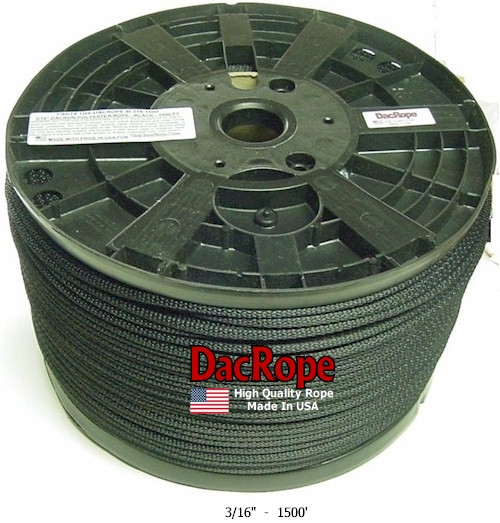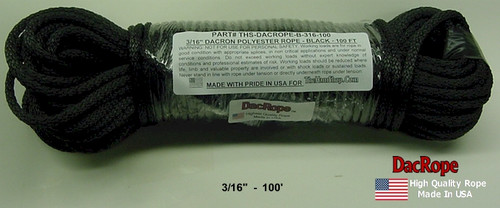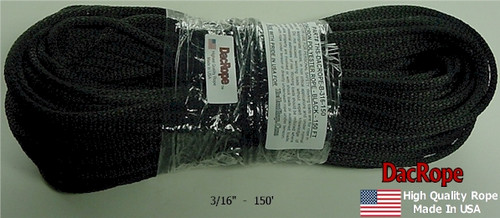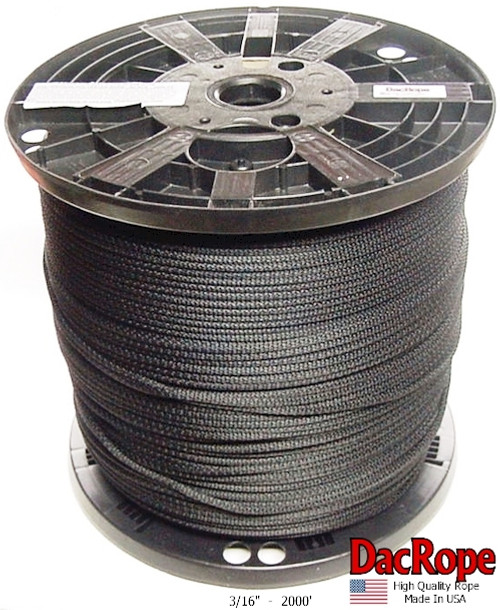Product Description
Our Polyester rope features: Excellent UV and abrasion resistance. Won't rot like cotton and other materials. Low stretch (very important when supporting antennas). It's strong (much stronger than Polypropylene). It's soft and very easy to work with. Round Design Works Great With Pulleys. Flat rope is very difficult to use on pulleys. Common uses include; Tents Marine Trotline Awnings Farm Flagpole Rope Antenna Support Rope such as Dipole Inverted V Longwire (random length) antenna Guy Rope 3/16" rope is the perfect size for supporting large ham radio wire antennas when you need a little more strength than 1/8". Like 1/8" rope, this size easily fits through center and end insulator mounting holes and the break strength is much greater than 14 gage copper wire or 16 gage copper clad steel wire (copperweld) Polyester is the best choice for antenna support rope or any outside application where strength, less stretch, UV and abrasion resistance is important. Unlike Nylon, Polyester Rope is less elastic and therefore stretches much less. In fact Nylon Rope will stretch anywhere from 15 – 25% percent at it’s break point. Polyester on the other hand will normally stretch from 5 – 10%, at it's break point. Nylon absorbs water and is 10-20% weaker when wet. Polyester is not affected by water and maintains its strength when wet. Polyester Rope has better UV resistance, and is more abrasion resistant than nylon. Polypropylene cost less but has limited resistance to ultraviolet light and is susceptible to friction. DacRope® is 100% Polyester. Some rope manufacturers use a blend of polyester and other materials such as nylon or polypropylene and call it polyester. Rope is only as durable as its weakest component. Before you purchase rope, always ask if it is 100% polyester. Material 100% Polyester Size 3/16" Color Black Length 1500 Feet Break Strength 800 Lbs UV Resistant Yes WARNING: NOT FOR USE FOR PERSONAL SAFETY. Working loads are for rope in good condition with appropriate splices, in non critical applications and under normal service conditions. Do not exceed working loads without expert knowledge of conditions and professional estimates of risk. Working loads should be reduced where life, limb and valuable property are involved or with shock loads or sustained loads. Never stand in line with rope under tension or directly underneath rope under tension.







